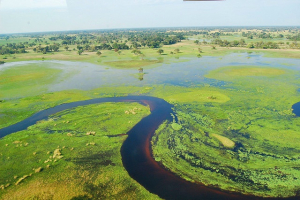Top 10 Things We Still Don't Know About Oceans
About 71% of the surface of the Earth is made up of oceans, but we still know very little about them. We've managed to barely scrape the surface of this ... read more...immense domain right here on Earth, even as we push forward with space research and get ready to take off for the stars. One of the least researched ecosystems on the world is that of the deep sea. There are several causes for this, but the main one is that even with the most advanced technology, fully exploring the waters would require enormous sums of money and sophisticated equipment that could survive the pressures involved. Only oil rig workers and people like James Cameron have the resources to do that. As a result, it is a universe filled with the kinds of enigmas and unexplained happenings that we enjoy discussing here. While some of them are more easily solved than ever, others, like bioluminescence, seem to grow more enigmatic as we learn more about them.
-
The deep sea is the ocean's lowest stratum, commencing roughly at a depth of one mile and extending all the way to the seafloor. With zero light, an average temperature of 39 degrees Fahrenheit, and extreme pressure, it is one of the most hazardous environments on Earth. Few known organisms can survive there.
Scientists used to predict that life would be scarce in the deepest regions of our oceans due to the harsh environment. But ever since we actually began investigating it, we've discovered that not only is life in the deep sea more varied than we ever imagined, but it's also more varied than many habitable ecosystems on land.
The deep water shouldn't be ideal for natural selection and the formation of various evolutionary features, according to all of our theories on evolution, thus it is a complete mystery to science. Furthermore, we are largely ignorant about the kind of animals and other organisms that exist there, let alone their interactions.
Living Attractions channel on Youtube Netflix channel on Youtube -
In addition to being the biggest mammal alive today, blue whales are also the biggest creature to have ever existed. As each blue whale is capable of producing a different frequency to communicate, they are well recognized for their songs. Other whale species can do this as well, but blue whale songs are renowned for their variety and distinctive sound.
We don't know what they use it for, though. Blue whale songs have long been the subject of attempts by marine biologists to decipher them, yet we can only speculate as to their meaning. Additionally, it seems like the songs are getting deeper yearly. Since at least the 1960s, when we first began recording blue whales, they have been steadily moving their tonal frequency downward, and we still don't know why.
FRANCE 24 English channel on Youtube Sukabulie ·苏卡 channel on Youtube -
Cenotes are a type of networked, unmanmade well that can be found all across Mexico's Yucatan Peninsula. It's one of the most enigmatic natural formations we are aware of and was once revered by the Mayans. The cenotes themselves make up a large network of caves that has not yet been fully investigated, in addition to all the Mayan-era antiquities buried inside their depths.
The Yucatan peninsula is home to about 6,000 known cenotes, but that number just includes those that we are aware of. There are likely many more of these sinkholes across the area, along with brand-new ecosystems and life types that we have never seen before, according to cave divers.
4K Relaxation Channel channel on Youtube Daan Verhoeven channel on Youtube -
Life was restricted to tiny, single-celled organisms in the ocean's depths for billions of years. Before some of us made our way to land, sophisticated life had been present in the deepest depths of the ocean for almost 15 million years before something caused it to suddenly erupt in population around 570 million years ago. From plants to horses to all marine animals, all multicellular life today can be traced back to that time.
The emergence of complex life from simple organisms is still one of evolution's greatest riddles, if not its greatest mystery. On a fundamental level, all complex forms of life vary from single-celled organisms, and it is unclear how or even when humanity achieved the transition.
According to one idea, the missing piece is Archaea, an early single-celled living form that diverged from other single-celled organisms. Given that life had persisted in its basic form for billions of years without any obvious justification for evolution, it ties into the more general puzzle of why complex creatures even evolved at all.
Natural World Facts channel on Youtube Real Science channel on Youtube -
Since they are so solitary and live in a remote, poorly understood environment, narwhals are also referred to as the unicorns of the sea. It is a species of whale that can only be found in the waters of the Arctic and can be identified by its long, pointed tusk, which may reach lengths of up to 9 feet.
While there are still many unknowns regarding the species, its tusk has long been considered to be both its most intriguing and mysterious characteristic. Scientists have never been able to determine what it is employed for, or what evolutionary factors caused male narwhals to develop what is essentially an enlarged tooth. Some hypotheses contend that it's a survival mechanism that enables them to hunt more successfully, but since female narwhals are known to outlive males, this explanation doesn't appear to fit.
Nat Geo WILD channel on Youtube Odd Animal Specimens channel on Youtube -
One of the most diverse animal species in our oceans are jellyfish, which have over 200 subspecies, each with its own distinctive characteristics and habitat-based adaptations. Despite their frequently vibrant and cheerful appearance, some jellyfish species are actually highly poisonous.
However, one species of jellyfish boasts a talent not shared by any other form of life, not even other jellyfish. The only known organism that has the ability to regenerate its cells to their newborn state is the jellyfish species Turritopsis dohrnii, which was originally discovered in the warmer seas of the Caribbean and Mediterranean. The process is completely automatic and only starts when there is a serious emergency, such as extreme famine or injury.
Although we still don't understand how Turritopsis dohrnii acquired this capacity, it is the only physiologically immortal animal we are aware of (as opposed to being "really immortal," as they may still be eaten by predators and die). Its cells appear to be fully capable of repairing - and even undoing - the harm accrued over time, which is what causes the rest of us to get old and pass away.
Ben G Thomas channel on Youtube Ted-ed channel on Youtube -
The waters beneath Antarctica would undoubtedly rank towards the top of any ranking of the planet's most hostile ecosystems. There is no visibility in this large area, which is covered in ice covering an area of over 5.3 million square miles. The temperature is also almost always below zero. We've never been able to examine it because of the unfavorable environment, but we recently have.
Researchers learned that life beneath Antarctica is not only more diversified and vigorous than we ever imagined, but also far more mysterious, during an exploratory dig by the British Antarctic Survey. While we have always known that some species, such as fish, worms, and some types of crustacean, can and do survive there, they are all roving predators or scavengers.
While we have always known that some species, such as fish, worms, and some types of crustacean, can and do survive there, they are all roving predators or scavengers. This time, however, they discovered numerous species of filter-feeding organisms; these animals need a steady supply of food from above as well as sunshine to survive. No one knows how or why they live there, or even if it makes sense in terms of evolution. In addition, several of the species discovered during the study had never been observed previously by science.
BBC Earth channel on Youtube Seeker channel on Youtube -
Every branch of life has its beginnings in the ocean, but the majority of us chose to remain on land. Manatees and other marine species, however, didn't appreciate the agreement and opted to return to the water.
It doesn't make much evolutionary sense for them to have done that, therefore biologists are at a loss as to why. Early whales, for instance, would have struggled to even swim underwater since they had limbs and body types that were long developed for surviving on land. All marine mammals still need to utilize their lungs to breathe, just like all other animal species found on land, hence they no longer possessed any organs to help them survive underwater.
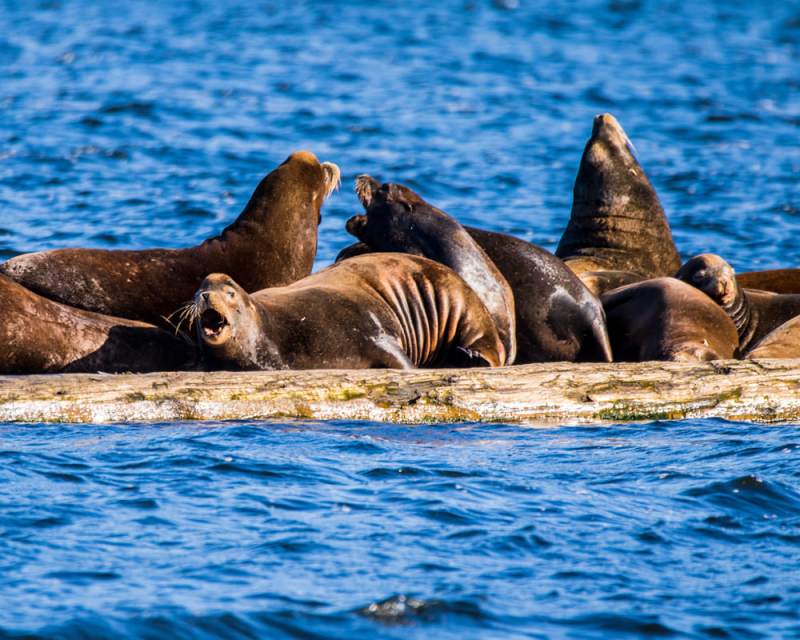
https://oceansoligomania.weebly.com/ 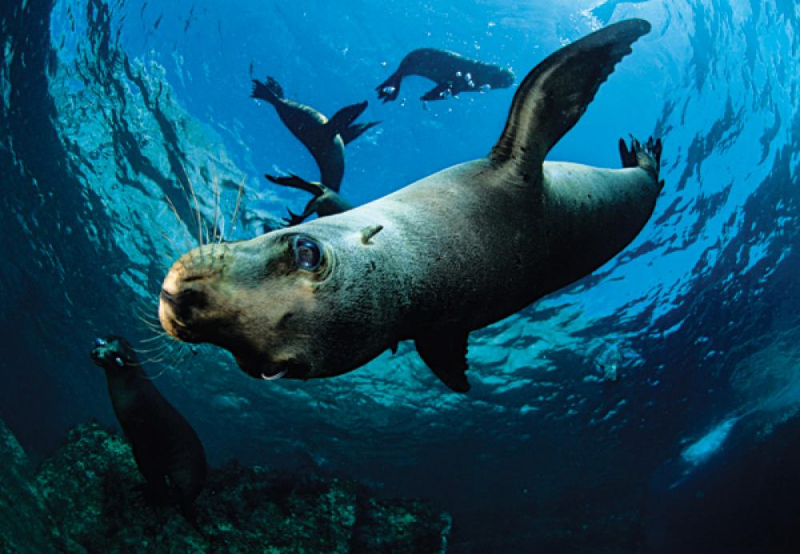
https://www.bradbarnesphotography.com/ -
Records of "glowing" animals date back to Ancient Rome and Greece, and bioluminescence has long interested scientists and intellectuals. Aristotle thoroughly investigated the phenomenon and was the first to postulate—accurately—that these animals don't use heat to generate light. Since then, we've discovered numerous species, both on land and in the water, who possess this skill, each with a distinct method of employing it.
For land creatures, it's fairly well understood, but in the oceans, especially in the deep sea, the phenomena are far more pervasive and intricate. We discover that there may simply be an entire language and system of communication in a region absolutely devoid of light that we simply don't comprehend when we delve further and discover more species that can make light in a variety of ways. A research found that 76% of marine species possess this ability, albeit it is unknown how most of them use it.
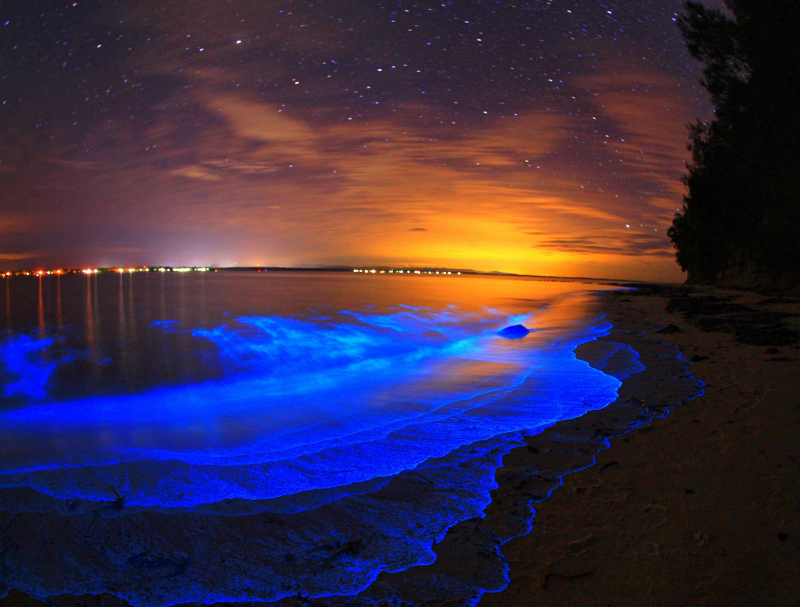
https://wallpaperaccess.com 
https://www.ciaonihon.com/ -
Even though the majority of us have never seen the ocean floor, we assume it to be mostly flat and similar to the kind of rocky floor you would find if you swam farther out from the coast. But if you swam far enough, you'd discover that the ocean floor is anything but consistent or flat. It has just as many different types of landscape as you'd find on land, if not more, including enormous mountains, deep canyons that lead nowhere, underwater volcanoes, and everything else.
Due to the fact that humans have only ever been able to map around 15% of the ocean floor, it is also the area of the ocean that is least explored. Multibeam bathymetry, a sonar-based method, is used to map the ocean, and numerous contemporary ships are outfitted with multibeam bathymeters. However, the majority of commercial ships only go over specific sea routes, leaving a sizable portion of it uncharted.
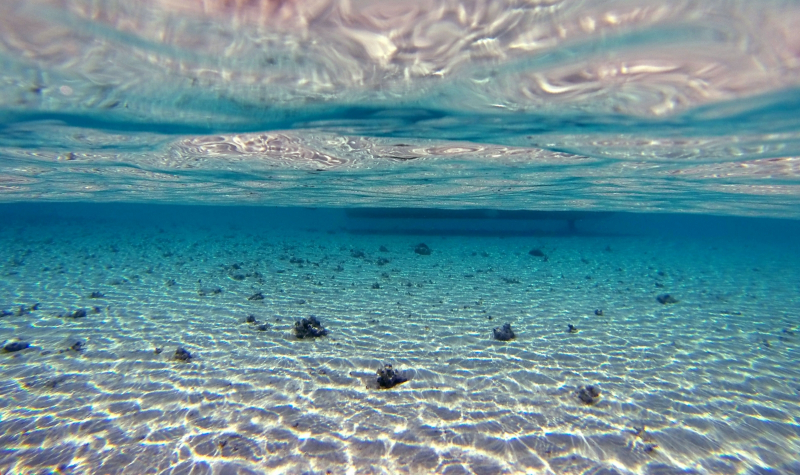
https://www.ibtimes.co.uk/ 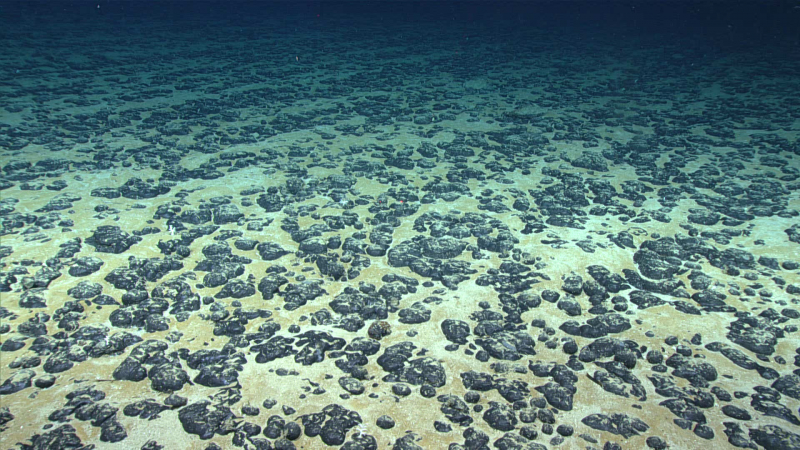
https://oceanexplorer.noaa.gov




























